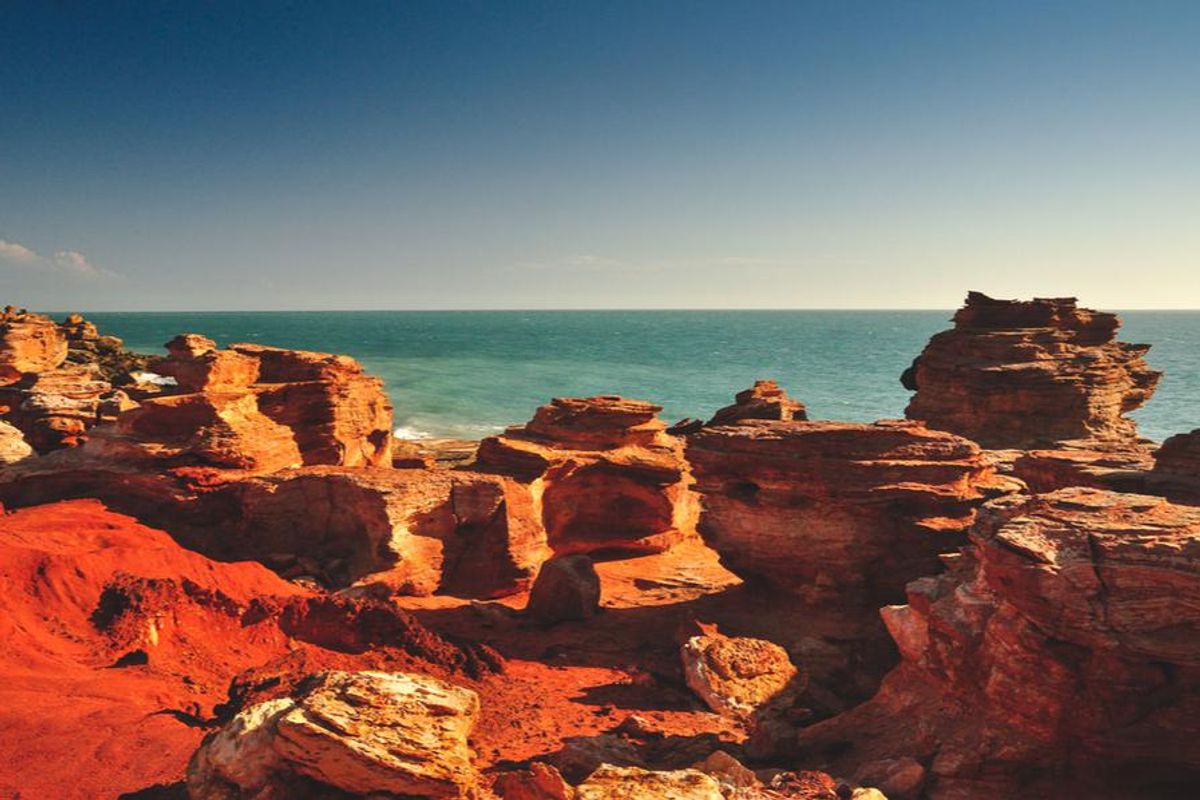Australian Lithium Miners Up Production on Strong Demand Despite Labour Shortages
Australian lithium miners, including Pilbara Minerals and Mineral Resources, posted their quarterly and yearly results.

Lithium prices have stabilised for the past few months after reaching unprecedented levels last year.
Fresh Chinese lockdown measures to contain COVID-19 hit supply chains earlier this year, with Omicron cases also impacting mining operations in Western Australia throughout the June quarter.
But lithium producers see strong demand from the electric vehicle sector continuing into the future, and many have outlined plans to expand or restart production.
During the fourth quarter of the financial year, Australian lithium miners continued to move ahead with their projects, and despite increased market volatility, many ASX lithium stocks saw share price gains as well.
Perth-based Pilbara Minerals’ (ASX:PLS,OTC Pink:PILBF) production for the quarter was 127,236 dry metric tonnes (dmt) of spodumene concentrate — a 56 percent increase from the previous three month period. This includes first concentrate from the Ngungaju plant’s fines circuit, which the company expects to ramp up to nameplate production of 180,000 to 200,000 tonnes per year in the next three months.
“The quarter’s strong production performance was achieved despite various operational challenges, including impacts from COVID-19 and associated labour shortages experienced across the mining sector,” the company said.
All in all, annual production reached 377,902 dmt, a 34 percent increase from 2021, and was at the upper end of Pilbara's yearly guidance range of 340,000 to 380,000 dmt.
Pilbara Minerals, which owns the lithium-tantalum Pilgangoora operation in Western Australia, has partnerships with Ganfeng Lithium (OTC Pink:GNENF,SZSE:002460), General Lithium, Great Wall Motor Company (OTC Pink:GWLLF,HKEX:2333), POSCO (NYSE:PKX), CATL (SZSE:300750) and Yibin Tianyi.
During the quarter, the company also decided to increase Pilgangoora's nameplate production capacity from about 580,000 to 680,000 tpa of spodumene concentrate at an estimated capital cost of AU$103 million.
Shares of Pilbara jumped more than 5 percent after the news, trading at AU$2.73 on Thursday (July 28). The stock is down 22.44 percent year-to-date, but up almost 43 percent compared to this time last year.
For its part, leading Australian lithium and iron ore miner Mineral Resources (ASX:MIN,OTC Pink:MALRF) saw Mount Marion’s production reach 128,000 dmt during the June quarter.
It also shipped 141,000 dmt of spodumene concentrate. For the full year, a total of 442,000 dmt of spodumene concentrate were shipped, just below the company's target of 450,000 to 475,000 dmt.
“Mt Marion ore mined was steady quarter on quarter, but lower year-on-year because of continued mining of transitional ore located in the upper levels of the new stage of the pit, as well as the impact of a reduced operational workforce from COVID-19,” the company said.
Aside from Mount Marion, the company holds interests in Wodgina in partnership with another top producer — Albemarle (NYSE:ALB). The companies decided to restart Wodgina last year as a result of soaring global demand for lithium. First spodumene concentrate from Train 1 was delivered as planned in May of this year, with 20,000 dmt of spodumene concentrate produced in the June quarter.
After publishing its quarterly results, Mineral Resources’ share price was up, trading at AU$53.21. That said, the stock is down 9.32 percent year-to-date.
Another Australian lithium producer, Argentina-focused Allkem (ASX:AKE,OTC Pink:OROCF), posted record revenue of approximately US$337 million and a gross operating cash margin of about US$292 million.
In Western Australia, the company owns the Mount Cattlin mine, which achieved record financial year production of 193,563 dmt of spodumene concentrate. During the June quarter, it produced 24,845 dmt, despite COVID-19 cases impacting the mine site; Western Australia's peak caseload for the Omicron variant came in May.
“Customer demand in the spodumene market remains robust and spodumene concentrate pricing in the September quarter is expected to be higher than the June quarter,” the company said in a statement, forecasting spodumene production for next year at approximately 160,000 to 170,000 tonnes.
In Argentina, Allkem operates Salar de Olaroz, which reached a new record of 12,863 tonnes of lithium carbonate for the year, 47 percent of which was battery-grade material.
The company is also developing the Sal de Vida lithium brine, with plans now reinstated to increase its production by 40 percent to 45,000 tpa in two stages.
Additionally, in partnership with Toyota Tsusho (TSE:8015), Allkem is building a 10,000 tonne per year lithium hydroxide plant in Naraha, Japan. The company also owns the James Bay lithium pegmatite project in Canada.
On Thursday, shares of Allkem were changing hands for AU$11.12, down 0.71 percent year-to-date, but up over 39.35 percent year-on-year.
Although its main focus is nickel, Independence Group (ASX:IGO) has been involved in the lithium sector since it bought a stake in Tianqi Lithium’s (SZSE:002466) Australian assets. The companies, in joint venture, now control the majority of the biggest lithium mine in the world — Greenbushes.
Production at the mine was up 25 percent quarter-on-quarter at 338,000 tonnes of spodumene concentrate. By 2025, Greenbushes is expected to add around 800,000 tonnes per year to its output capacity.
But the biggest milestone was at the Kwinana refinery, where first production of battery-grade lithium hydroxide happened during the quarter, allowing qualification processes to kick off with respective offtake customers.
Independence Group has seen its share price decline 4.63 percent year-to-date, trading at AU$11.34 on Thursday. The stock is up 47.27 year-on-year.
All stocks data was accurate as of July 28, 2022.
Don’t forget to follow us @INN_Australia for real-time updates!
Securities Disclosure: I, Priscila Barrera, hold no direct investment interest in any company mentioned in this article.






